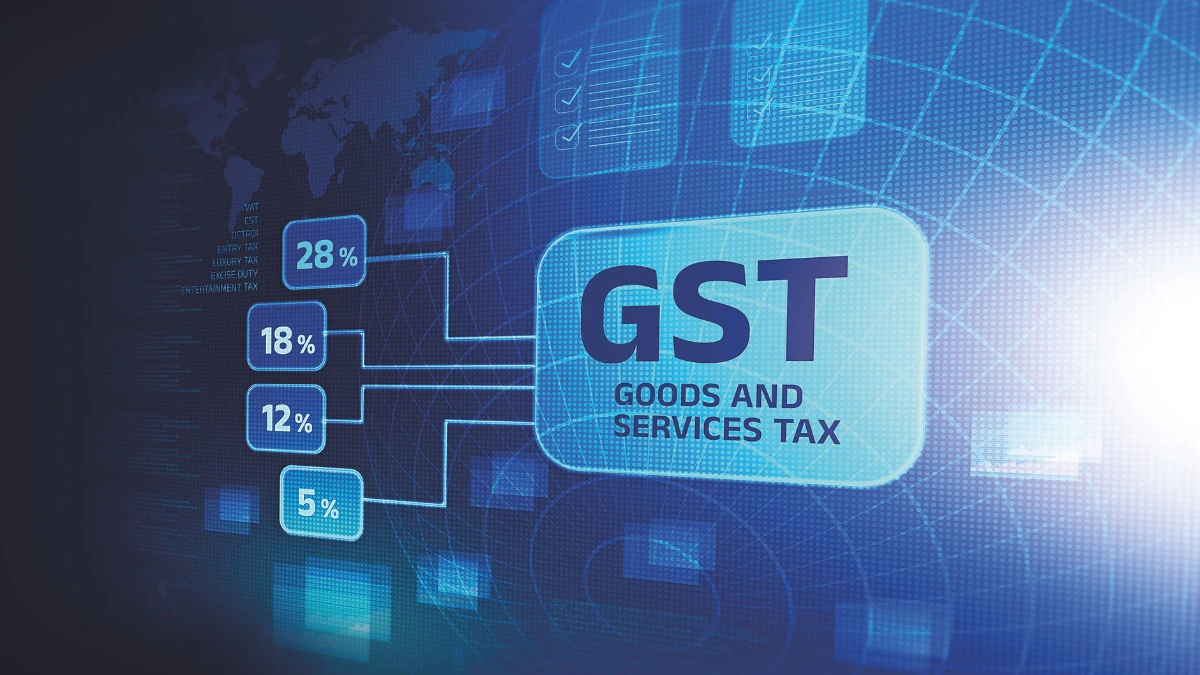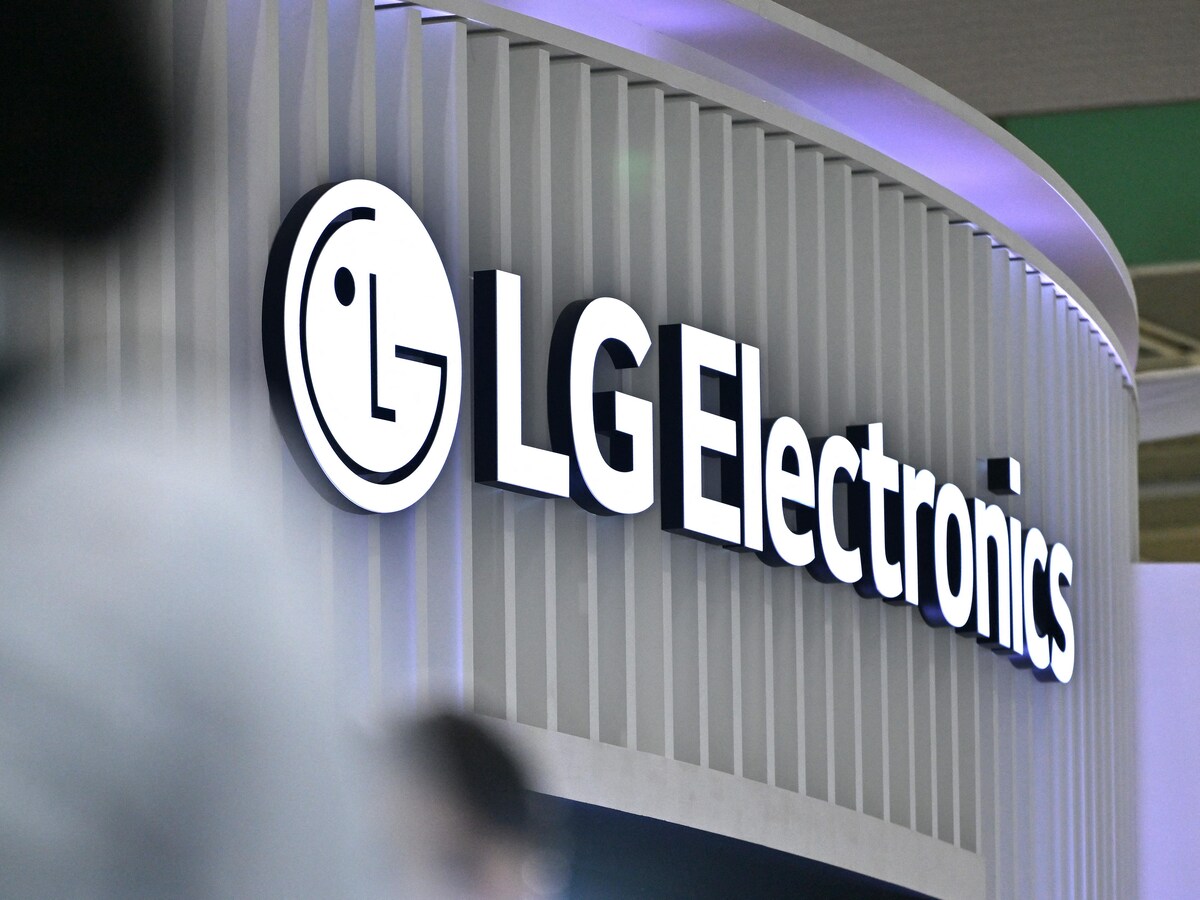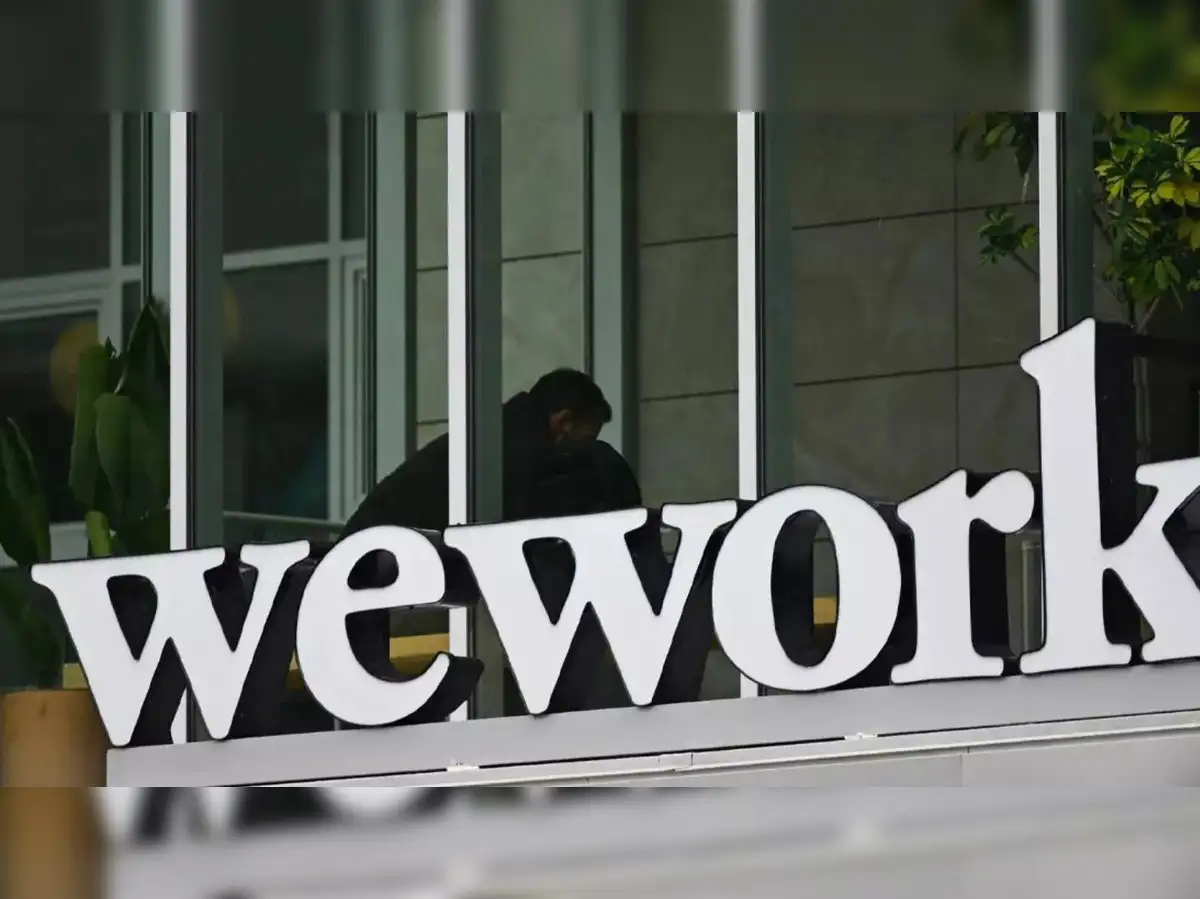Now Reading: GST Rate Rejig Boosts Festive Sales, But Officials Warn of Revenue Slump
-
01
GST Rate Rejig Boosts Festive Sales, But Officials Warn of Revenue Slump
GST Rate Rejig Boosts Festive Sales, But Officials Warn of Revenue Slump

Karnataka has experienced a significant surge in festive sales following the recent Goods and Services Tax (GST) rate rationalisation. The state’s retail and automobile sectors reported sales increases ranging from 25% to 100% during the Dasara season. This uptick is attributed to the reduction in GST slabs, which simplified the tax structure and lowered prices on 375 daily-consumed goods. The move, which consolidated four tax slabs into two and introduced a new slab for luxury items, has been welcomed by consumers and businesses alike.
Short-Term Gains, Long-Term Concerns
Despite the immediate boost in consumer spending, state officials express caution. Finance Minister and Chief Minister Siddaramaiah have highlighted concerns over the potential long-term impact on tax revenues. While September’s gross GST collections saw a 7% year-on-year growth, the net growth was closer to 5%, factoring in inter-state Integrated GST (IGST) settlements. Officials predict a revenue shortfall exceeding ₹17,000 crore, surpassing initial estimates of ₹15,000 crore. The surge in spending is largely driven by pent-up demand and may not be sustainable throughout the year.
Calls for Compensation and Legal Action
In response to the anticipated revenue loss, Chief Minister Siddaramaiah has criticised the central government’s decision to reduce GST rates, estimating an annual revenue loss of ₹15,000 crore for Karnataka. He has indicated that the state government may pursue legal action to secure its rightful share of central funds, signalling a potential fiscal dispute between the state and central governments over GST policy adjustments.
Conclusion
While the GST rate rejig has provided a temporary boost to consumer spending in Karnataka, the state’s officials remain apprehensive about the long-term implications on tax revenues. The government is now focusing on enhancing tax compliance enforcement and seeking compensation from the Centre to mitigate the fiscal gap. As the festive season concludes, the sustainability of this spending surge will be crucial in determining the state’s economic trajectory in the coming months.























